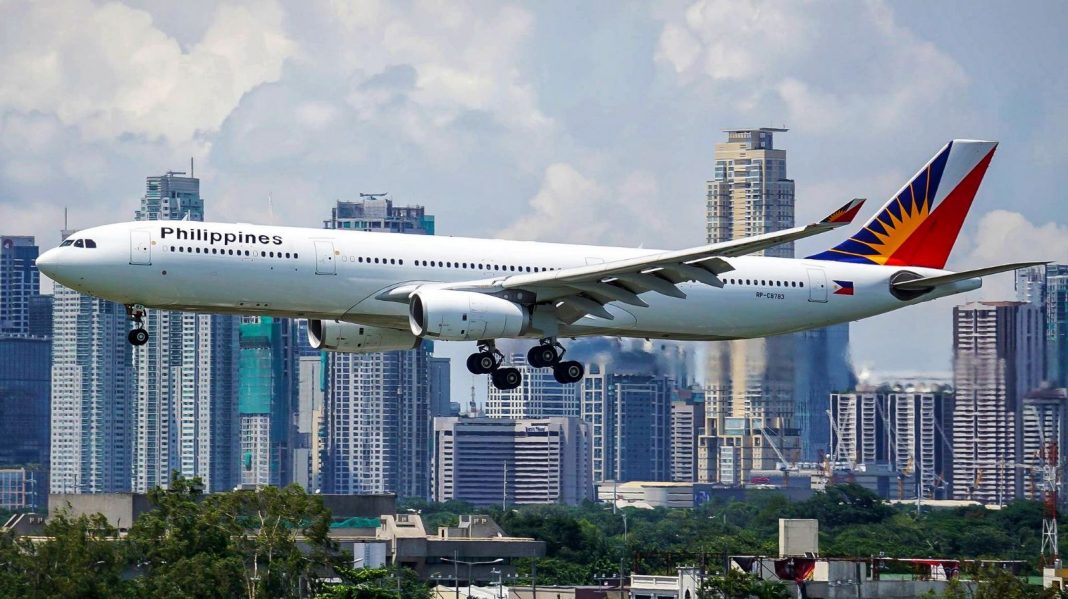By Alithea De Jesus
With the Philippines and the whole world learning how to deal with the post-pandemic world and head for the aspired economic recovery, new research bared the urgent need for policy support to improve the Philippine air transport infrastructure, noting the sector’s current serious limitations to meet future demand growth for air passenger travel and cargo transport.
A discussion paper published by the Philippine Institute for Development Studies (PIDS) says policy support is imperative to ramp up investments in the air transport sector in view of the expected increase in demand for air travel in the near future.
“The direct impact of the air transport sector on Philippine GDP may appear small at 0.61 percent in 2019; but its enabling role for high-value industries such as trade, manufacturing and tourism justifies the need to prioritize this sector,” it argues.
“Having an efficient air transport infrastructure and an enabling air transport sector is important for a developing country such as the Philippines, where tourism is a major contributor to the economy and a provider of employment opportunities to the population,” it continues.
And despite the global impact of the COVID-19 pandemic, the industry is expected to bounce back and grow even bigger in the upcoming years. Based on Oxford Economics projections, global airline passenger traffic could reach up to 8.2 billion in 2038. The sector is also expected to spur around 143 million jobs and $6.3 trillion equivalent in economic activities.
Forecast shows that the Philippines in particular should expect an almost 56% increase in airline passengers in a span of eight years. By 2027, the country’s airport infrastructure should be able to accommodate around 88.3 million annual passengers.
“The imminent increase in demand for air travel in the coming years accentuates the urgent need to ramp-up investments in the air transport sector. However, the Philippines’ air transport sector is beset with issues and challenges that are acting as barriers to growth,” according to the paper written by Kris Francisco and Valerie Lim.
These barriers, the authors note, center mainly on four issues: capacity, technical capability, quality, and institutional environment.
Capacity constraints have led to congestion at the Ninoy Aquino International Airport (NAIA), the country’s premiere airport, because the current capacity is unable to adjust to the increasing demand from air travelers and aircraft.
Congestion at the airports is also linked to their weak technical capability, as many of the provincial airports have no night-rating facilities and suffer from inadequacies such as air traffic management issues, vectors and delays, lack of radar, nonstandard air traffic control procedures, poor en-route communications, and safety concerns for ground operations.
The report also decries the huge gap in the quality of the country’s airport system compared to those of its neighboring countries. Comparative statistics indicate that the Philippines has one of the lowest scores in aviation infrastructure, based on indicators such as flight availability and the quality of hard infrastructure utilized in domestic and international flights.
More importantly, the institutional environment for air transport, like that for other transport sectors in the Philippines, is “in need of an overhaul,” states the report. Studies have pushed for coherence and convergence among government agencies responsible for airport development and their implementation, and suggest the separation of the regulatory and developmental functions of agencies in the sector.
During a discussion of the study findings in a recent forum, transport and logistics governance expert Dr. Henry Basilio agreed that it was high time the state resolved the dual mandates of transport agencies to act as both regulator and operator, a situation that was blurring the lines “in terms of clarity of direction.”
He pointed out that it was problematic that government-owned and controlled corporations (GOCCs), including the Civil Aviation Authority of the Philippines (CAAP), Manila International Airport Authority, and the Philippine Ports Authority (PPA), are mandated to generate revenue to support national development.
While stressing that GOCCs as public enterprises need to turn in a profit, it should not be at the expense of social development, the agencies’ primary mandate, Basilio said.
He noted that the Philippine Development Plan (PDP) 2017-2022 already recognizes this conflict in interest in the dual functions of CAAP and PPA and points to the need to address this duality.
Part of the recommendation of the PDP reads: “The separation of the regulatory and operational functions of port authorities and the subsequent establishment of a single entity for port regulations may increase the efficiency and competitiveness of ports by allowing inter-port competition and encouraging more private sector participation.”
Basilio also observed that 70% of air cargoes “are carried in the bellies of commercial planes, so the more we address the congestion in our airport infrastructure, the better it will be not only for tourism but also for the air cargo sector.”














